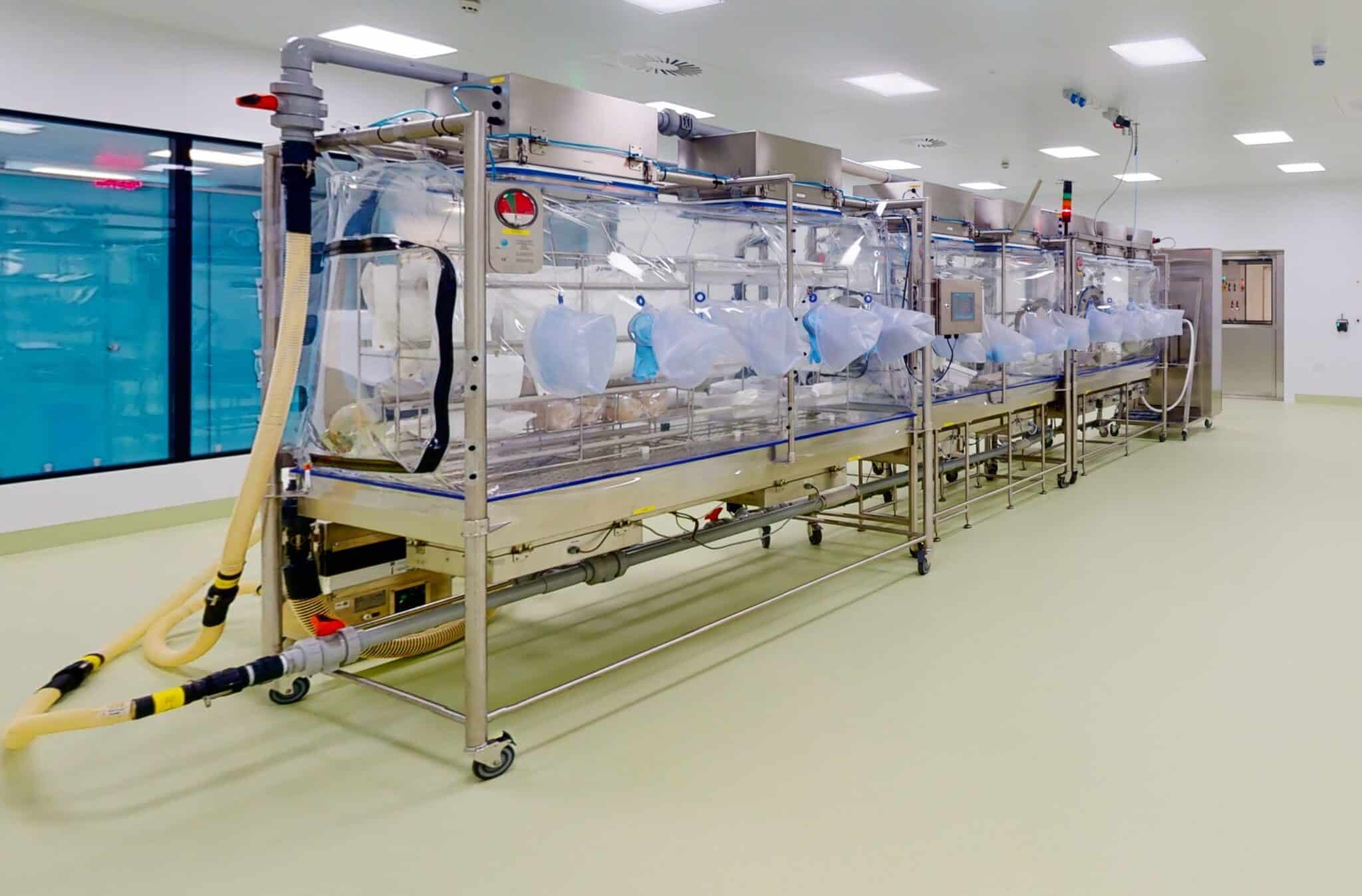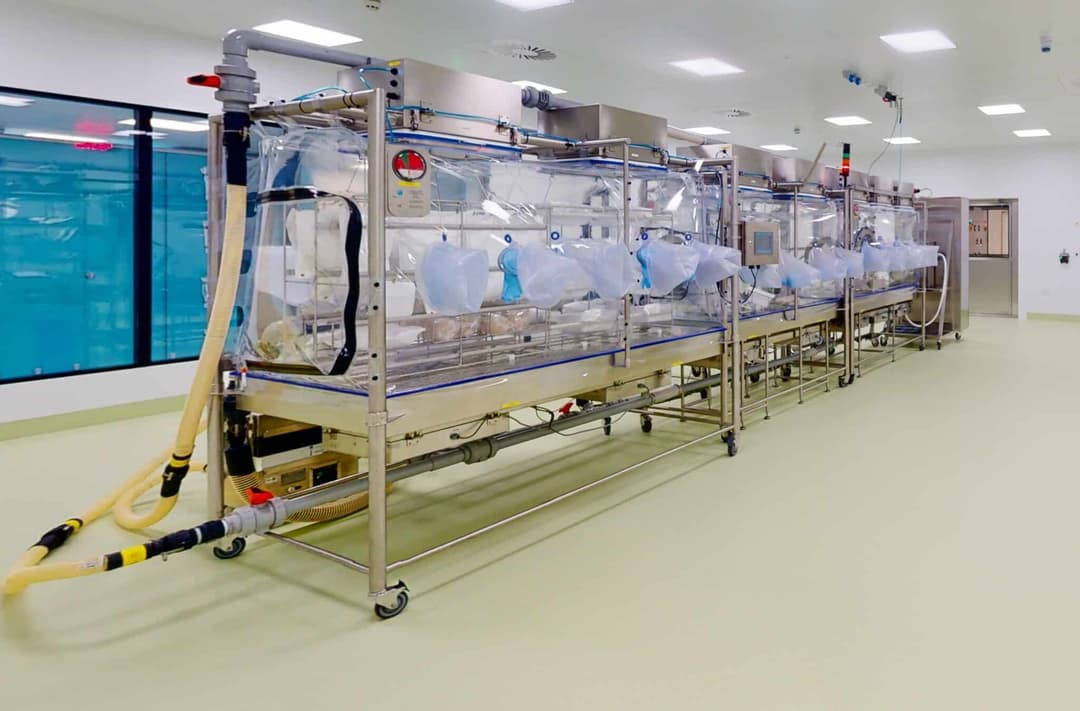

World’s first dynamic cleanroom a step closer to operation
World’s first dynamic cleanroom a step closer to operation
Owned by Cambridge Pharma, and developed in collaboration with EECO2, it has been designed to prove that quality and compliance – and most importantly energy efficiency – can be achieved using real world data.
Now into its third year, the project has a track record of reliability and rigour based on fault-free operation for 18 months – during which time it has been able to reduce both maintenance and consumable costs.
Key to the new approach is a dynamic HVAC system (Heating, Ventilation and Air Conditioning) traditionally one of the most energy-hungry aspects of cleanroom operation. The challenge the team had to address was to maintain factors critical to GMP, while also lowering energy consumption.
Airflow, provided by the HVAC system, helps set the rate at which cleanroom air is changed, although other factors like effective contamination removal also play a vital role in creating a compliant environment for sectors such as pharmaceutical production.
The problem with the current approach is that to ensure compliance, cleanroom operators allow for ‘worst case scenario’ operating conditions where contamination rates are at their highest – although this is probably only ever applicable for short periods in reality. The consequence is not only significant energy wastage, but it also presents a major barrier to achieving any site-based energy reduction targets.
As EECO2’s Executive Director and cleanroom energy efficiency expert Keith Beattie explains, most of the time there is very little activity going on which means not only is energy being wasted, but contamination levels also fluctuate because there is no adjustment to allow for periods when processes are being carried out or when people are in the room.
So, what impact could a dynamic approach to cleanroom air change rates have?
In theory, the dynamic airflow would aim to preserve a fixed contamination level, set well within classification limits: and that is what the project facility, built at the Cambridge Research Park has set out to prove.
It comprises two grade C filling rooms with grade D corridor space. A series of continual monitoring particle counter heads are strategically placed to provide real-time contamination data that powers an adaptive demand-based control of the air supply.
Particle setpoints are designated and maintained at a percentage of the compliance limit – meaning that each space receives only the required airflow to deal with contamination at that time. This has resulted in considerably fewer air changes per hour – and therefore reduced energy consumption.
And if there is a sudden increase in contamination, the system responds by rapidly increasing airflow to combat the challenge in the environment.
In designing the new concept, Cambridge Pharma was catering for a typical client specialising in process development and sterile fill-finish – from small start-ups to larger pharmaceutical enterprises. This meant the facility might not be in operation 24/7, which offered a further opportunity to reduce operational expenditure.
During the early planning, the initial idea was to utilise an overnight setback programme which would allow for energy saving during the night when the facility was rarely operational. However, EECO2 suggested even greater energy reduction could be achieved with an Intelligent Cleanroom Control System (ICCS). This allows for the additional control of other critical factors such as temperature, humidity, pressure and outside air levels.
How does a dynamic system affect compliance?
As Cambridge Pharma Construction Manager David Mitchell goes on to explain, consistency is key: the dynamic system continuously monitors and responds to the contamination challenge at all times, which can better guarantee a compliant space than traditional systems.
In fact, the installation of the ICCS has had little impact on the approach to qualification as it is commissioned, but not validated and simply works alongside the validated Environmental Monitoring System (EMS).
Qualification is the next phase, which is currently being undertaken, but with results so far, the project leaders are able to say with confidence:
- Dynamic airflow is feasible within cleanrooms from a quality standpoint
- Regulations support the application of dynamic cleanroom control
- The combination of dynamic cleanroom control with energy-efficient design does produce an ultra-low energy cleanroom space
- The use of demand-based ventilation enhances quality assurance, reduces cost AND improves sustainability performance
References
- Cleanroom Technology Conference 2023: Inside the World’s first fully dynamic demand based GMP cleanroom presentation by Keith Beattie, EECO2 and David Mitchell, Cambridge Pharma
- Case study: Using dynamic air control in a cleanroom, Jamie Young, EECO2